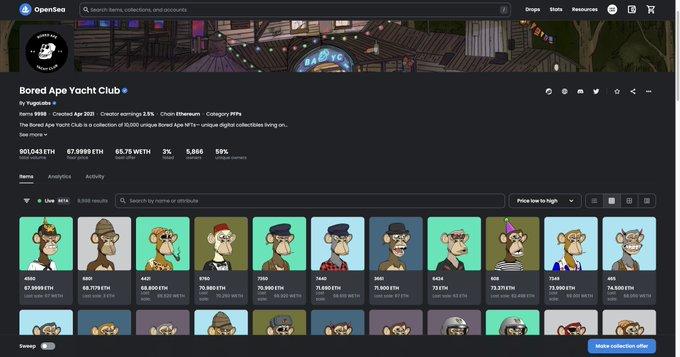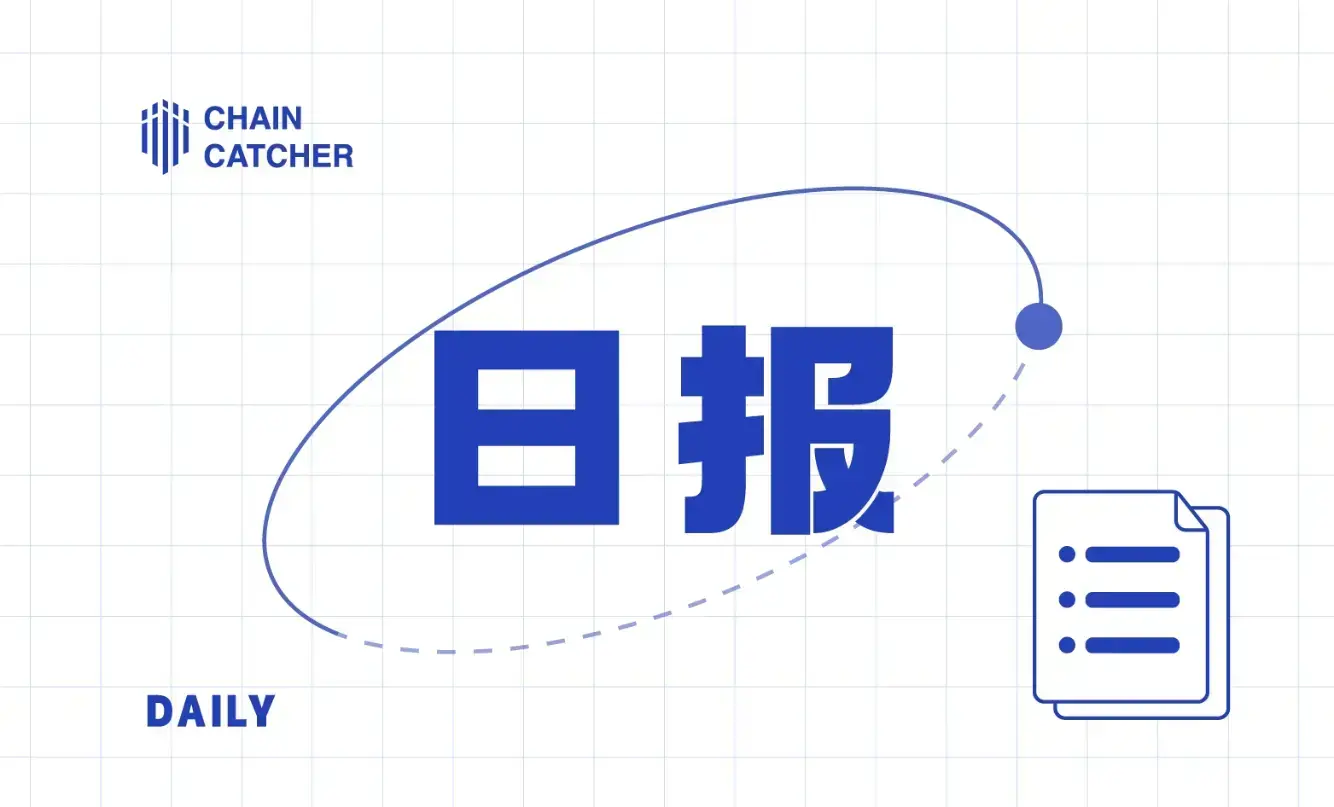Reflecting on the Blur Frenzy: By eliminating culture and amplifying financial speculation, has Blur deviated from the true essence of NFTs?
Source: Aaron tweet
Compiled by: Nianqing, ChainCatcher
Due to airdrop expectations, Blur's popularity has been ongoing. In recent total trading volume, Blur even surpassed industry leader OpenSea, accelerating its capture of NFT market share. In addition to the stimulation from multiple rounds of airdrops, Blur is also trying to target a small segment of speculative NFT traders by offering frictionless optional royalties and a zero transaction fee market, thereby accelerating the competition for zero royalties.
Faced with the competitive pressure brought by Blur's low-price strategy, OpenSea, which has always advocated for supporting artists and creators, had to bow down and modify its royalty policy, announcing that it would limit creator royalties on its market unless creators voluntarily prevent zero royalty markets (including Looksrare, X2Y2, and Sudoswap) from trading their collectibles in their smart contract code.
However, the increase in trading volume brought by Blur's "airdrop farming" has also attracted criticism and skepticism, such as concerns about its sustainability and market manipulation. Blur's founder Pacman responded that Blur's incentive mechanism is actually introducing the concept of market makers to the NFT space and further pushing the NFT industry forward.
But the above discussion focuses more on the financial attributes of NFTs, while cryptocurrency KOL Aaron calls for the industry to be wary of the negative impacts that Blur brings to the NFT space. He believes that the artistic and cultural attributes of NFTs should outweigh their financial attributes, and that Blur, in terms of both user interface and marketing strategy, resembles a financial trading market more than anything else.
The original text translation is as follows:
Blur is the worst thing happening in this space. Here are the reasons------
NFTs are not all about money. But Blur emphasizes this and makes it its hallmark. Blur brainwashes you with incentives and attracts you through airdrops.
Just look at the image below. Do you really want people to enter an NFT market that looks like this? Where is the art, project description, or any other detailed introduction?

Recently, people have been praising Blur's incentive mechanisms and comparing them to OpenSea, which has fallen short in this regard. But if we set aside the incentives and imagine ourselves as a newcomer to the NFT space, do you really want to enter a financially driven NFT market like Blur? Or would you prefer to enter a place like OpenSea, which also showcases NFT art or cultural attributes?
Indeed, in a bear market, Blur has firmly captured certain users. But in the long run, does this market really benefit the entire NFT space? Let's think this through.
There are two types of people in the NFT space: 1) Those interested in art, culture, and technological potential 2) Those only concerned with quick profits.
As for supporting creators, artists, and those dedicated to using this technology to create a better space, OpenSea may be the first market we all used when entering this field. It has supported creators and artists from the very beginning. Blur has not done this.

Like a newborn baby, what do you want your child (NFT newcomer) to use and believe in? Blur or OpenSea?
Whether it's the settings and feel of the UI, or Blur's airdrops to users, it seems unrelated to NFTs or the values we should advocate—money and greed < art and culture.
That's all. I don't hate Blur, nor am I a user. I just hope the NFT space can shift its focus back to how we used to be—about art and culture (for example, the interesting sounds of those monkeys in Clubhouse, or even Lazy Lion's Twitter "raids"), rather than how Blur is today.
I just hope this space develops in the right direction, rather than the money/greed side.










